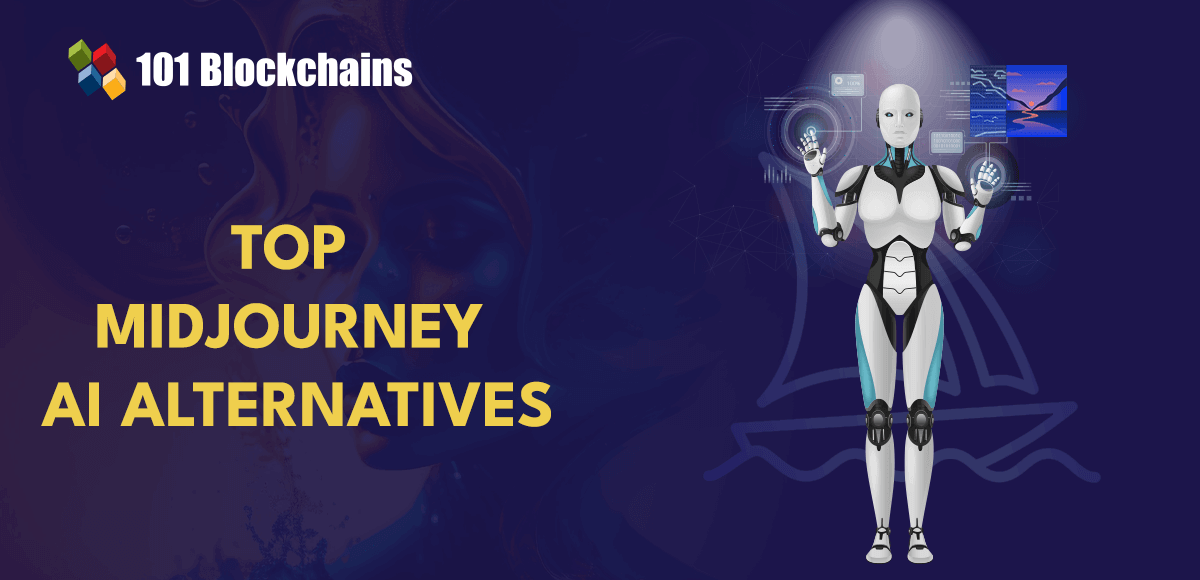Welcome to the world of LangChain, where the convergence of artificial intelligence (AI) and the human mind brings forth groundbreaking language applications. Unleash the power of AI-powered language modeling and dive into a universe of limitless possibilities.
Table of Contents
Key Takeaways
Understanding LangChain: An Overview
Key Features of LangChain
LangChain Installation
LangChain Expression Language (LCEL)
Real-world Use Cases and Examples
Debugging and Optimization with LangSmith
The Future of LangChain and AI-Powered Language Modeling
Summary
FAQs about LangChain
Key Takeaways
LangChain is an AI framework that simplifies the development of language-based applications, offering features such as Model I/O, chain interface, memory, agents, and callbacks.
Understanding LangChain: An Overview
LangChain is a modular framework that facilitates the development of AI-powered language applications, including machine learning. It is available in Python and JavaScript and is utilized by global corporations, startups, and individuals. What sets LangChain apart is its unique features that mimic the human brain’s language processing capabilities, making it a valuable tool in the realm of computer science.
Key Features of LangChain
LangChain boasts a range of features including Model I/O, retrieval, chain interface, memory, agents, and callbacks. These features enable the creation of AI-powered language applications that rival human intelligence. LangChain utilizes artificial neural networks inspired by the complexity of the human brain to achieve artificial general intelligence.
Model I/O and Retrieval
Model I/O and retrieval are essential for creating powerful AI-powered applications. They provide seamless integration with language models, external data sources, and enhance the capabilities of AI-powered applications based on neural networks. Model I/O facilitates the management of prompts, while retrieval provides access to user-specific data.
Chain Interface and Memory
LangChain’s chain interface and memory features allow for efficient and scalable application development. The chain interface handles both structured and unstructured data, while memory stores information processed by convolutional neural networks. These features contribute to the efficiency and scalability of applications.
Agents and Callbacks
LangChain’s agents and callbacks features offer flexibility and customization options for developers. Agents make decisions, execute actions, and observe results, simulating the human mind’s language processing capabilities. Callbacks enable the integration of multiple stages of an application, processing structured and unstructured data.
LangChain Installation
To use LangChain, install the corresponding framework for either Python or JavaScript. For Python, use Pip, and for JavaScript, use npm. Instructions for installation are provided in the respective documentation.
LangChain Expression Language (LCEL)
LangChain Expression Language (LCEL) is a declarative approach to chain construction, supporting streaming, batching, and asynchronous operations. It simplifies interaction with core components and allows developers to string together multiple language model calls in a sequence.
Real-world Use Cases and Examples
LangChain’s versatility is evident in its real-world applications, including Q&A systems, data analysis, code understanding, chatbots, and summarization. These applications can be applied across various industries and leverage the latest NLP technology.
Debugging and Optimization with LangSmith
LangSmith is a debugging and optimization tool that assists developers in tracing, evaluating, and monitoring LangChain language model applications. It helps achieve production-readiness, provides visibility into applications, identifies potential issues, and offers optimization insights for better performance.
The Future of LangChain and AI-Powered Language Modeling
The future of LangChain and AI-powered language modeling looks promising, with continuous advancements, integrations, and community contributions. Increased capacity, interdisciplinary applications, and community collaborations are expected. While risks such as bias, privacy, and security should be considered, LangChain will play a pivotal role in shaping the AI landscape.
Summary
LangChain revolutionizes AI-powered language modeling by providing a modular framework that simplifies development. With its versatile features, seamless integration, and a growing community, LangChain unlocks the full potential of AI-powered language applications. The future holds continuous evolution and transformation in the way we interact with AI and the digital world.
FAQs about LangChain
1. What is LangChain used for?
LangChain is used to build AI applications powered by language models. It simplifies data organization and enables the generation of responses based on up-to-date information. It also allows developers to combine language models with external components for context-aware applications.
2. What is the concept of LangChain?
LangChain is an open-source framework that facilitates the development of AI-based applications and chatbots using large language models. It simplifies the process and enhances the capabilities of AI-powered language applications.
Source link






















